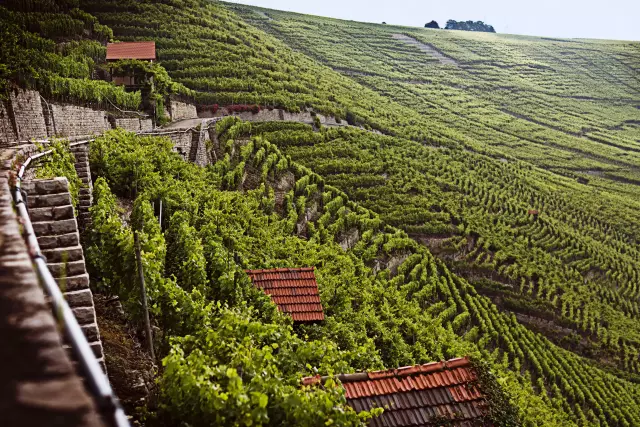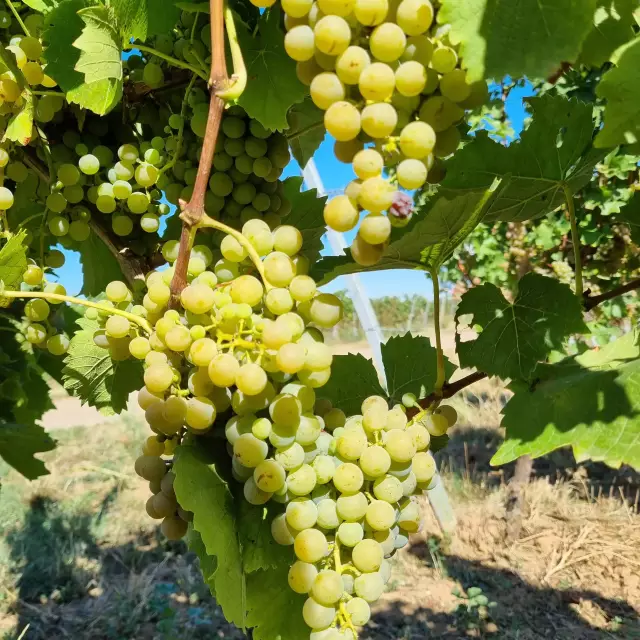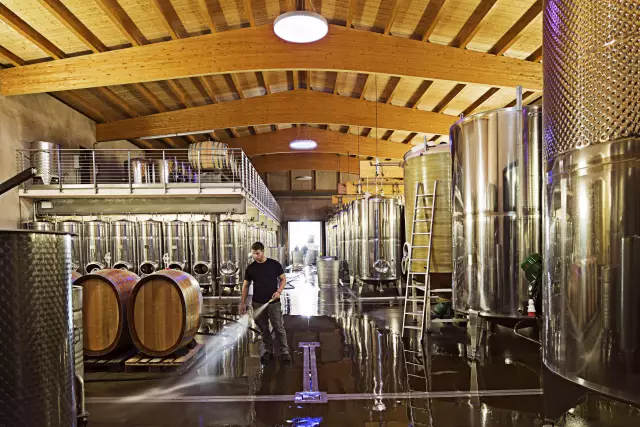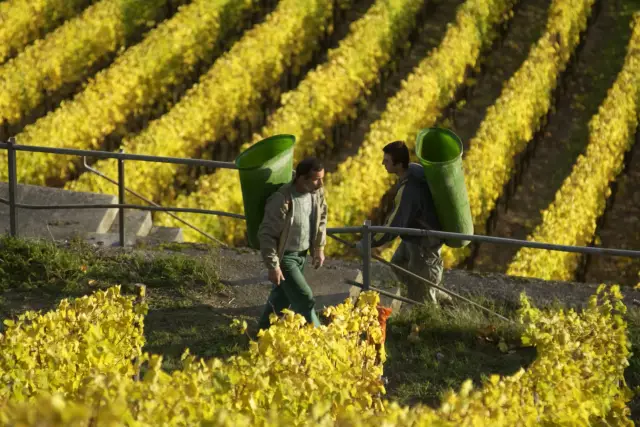Fakten
Ahr
Die Ahr ist mit 531 Hektar Rebfläche eines der kleinsten Weinanbaugebiete Deutschlands. An den Steilhängen über dem Fluss gedeihen vor allem Rotweine.
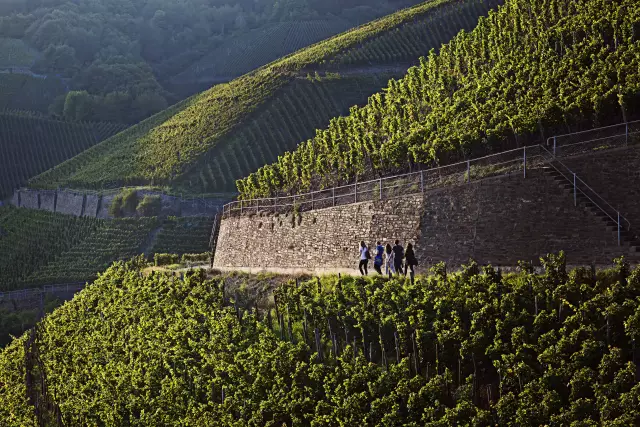
Baden
Das Weinbaugebiet Baden, mit 15.679 Hektar Rebfläche das drittgrößte Deutschlands, erstreckt sich in Nord-Süd-Richtung über eine Länge von etwa 400 Kilometern.

Franken
The Bocksbeutel is the trademark of Franconian wine, which has been cultivated for over 1200 years, especially along the Main River. Franconian wine country is bordered by the Rhön Mountains to the north, the Steigerwald Forest to the east, the Tauber Valley to the south and the Spessart Mountains to the west.
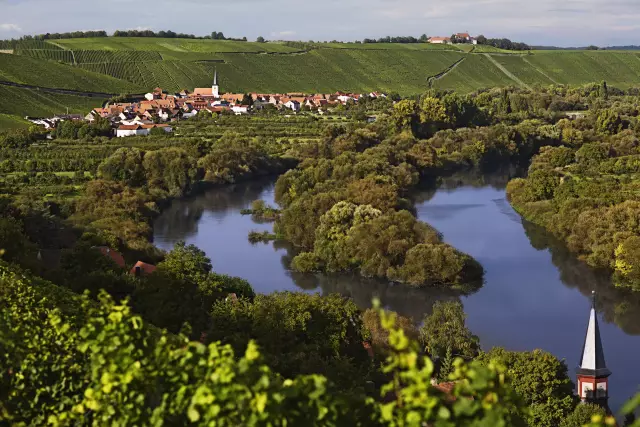
Hessische Bergstraße
When it is still cool in March or April in some places, the almond blossom already begins on the Hessian Bergstrasse. Spring usually starts a few days earlier.
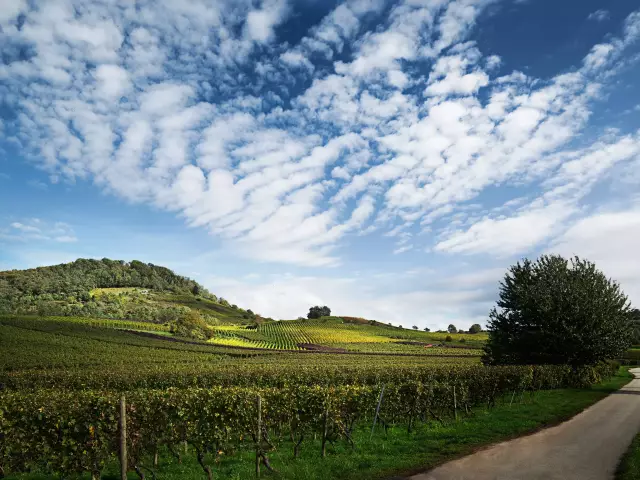
Pfalz
the Palatinate has many superlatives: the largest wine festival in the world in Bad Dürkheim, but also the first and most famous wine street, the German Wine Street.
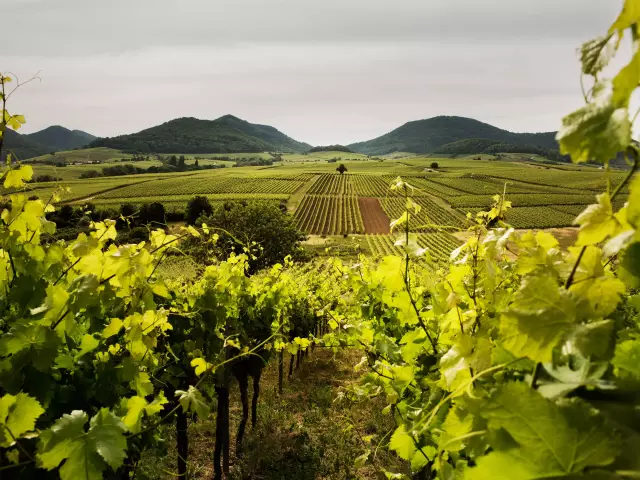
Rheingau
It is thanks to a freak of nature that the Rhine, which otherwise flows in a northerly direction, turns almost at right angles to the west at Wiesbaden, only to flow north again just 30 kilometers later at Rüdesheim am Rhein.
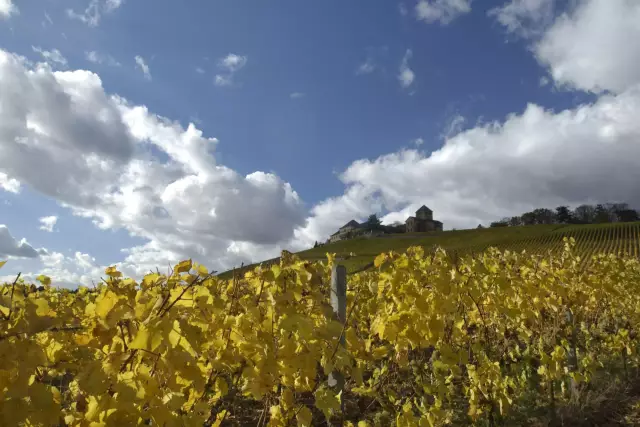
Rheinhessen
A thousand hills and vines as far as the eye can see - that is Rheinhessen, Germany's largest wine-growing region.

Mittelrhein
The Rhine Valley between Bingen and Bonn offers a picturesque backdrop. Vineyards crowned by castles and medieval towns adorn the banks of the Rhine.
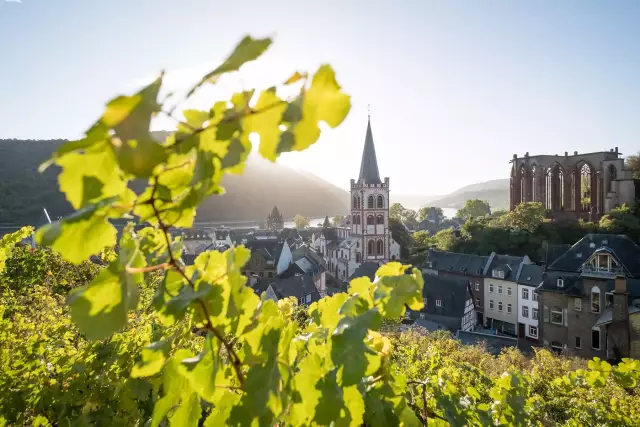
Mosel
The wine-growing region along the Moselle, Saar and Ruwer rivers is considered Germany's oldest wine region. The Romans brought viticulture to the Moselle on a grand scale.
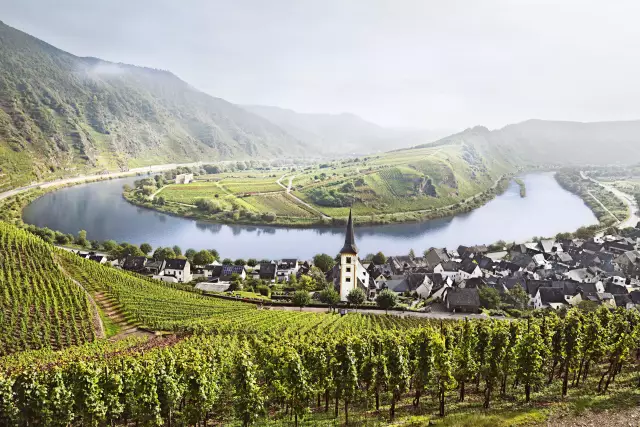
Nahe
On the Nahe, visitors can expect gentle greenery, romantic river valleys and dramatic rock formations and also hospitable winegrowers and their diverse wines.
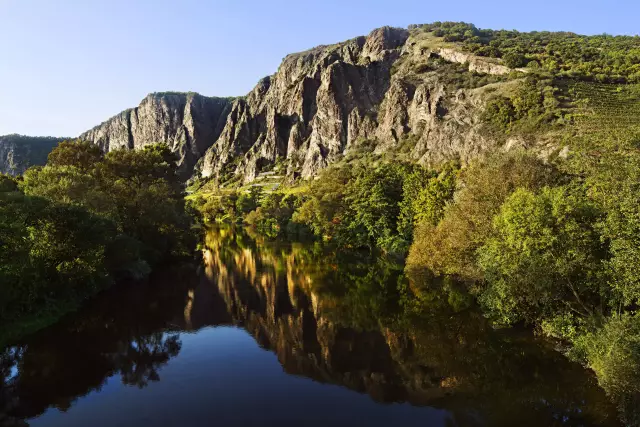
Saale-Unstrut
Two rivers give the growing region its name, as the mostly terraced vineyards are mainly located in the narrow river valleys of the Saale and Unstrut rivers.
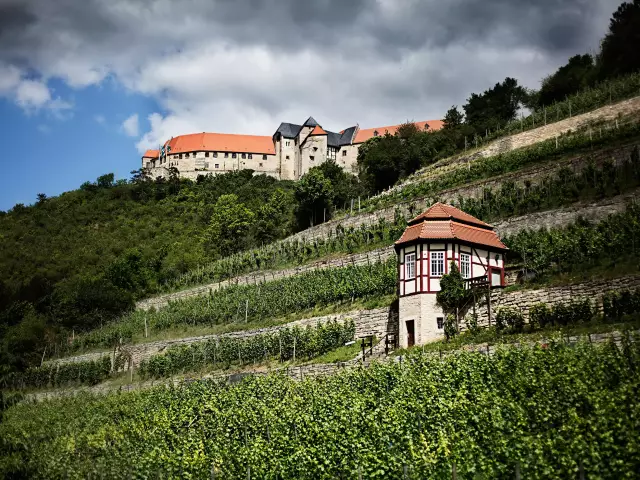
Sachsen
Sachsen is the easternmost and, with 522 hectares, one of the smallest wine-growing regions in Germany. The vineyards only begin near Dresden, at 51 degrees north latitude.
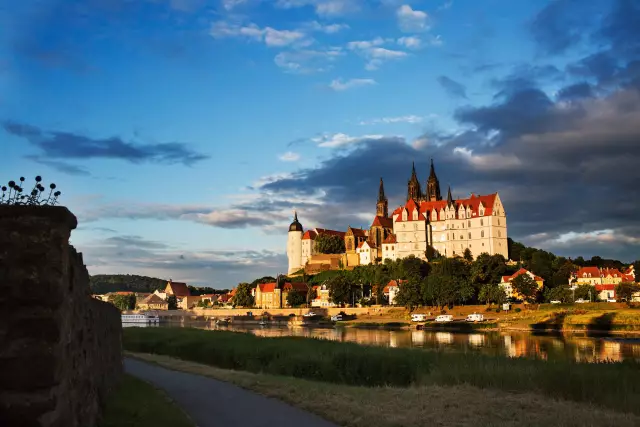
Württemberg
Among the major German wine-growing regions, Württemberg ranks fourth with 11,392 hectares. Here, red grape varieties dominate the vineyards with 65 percent.
